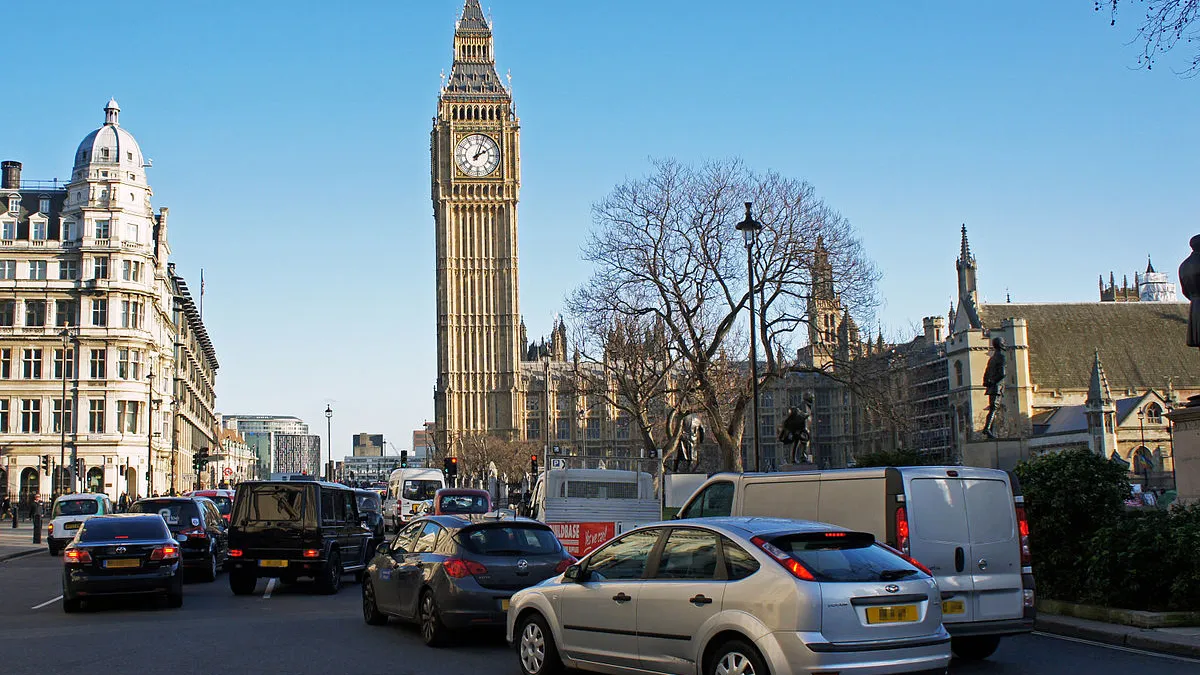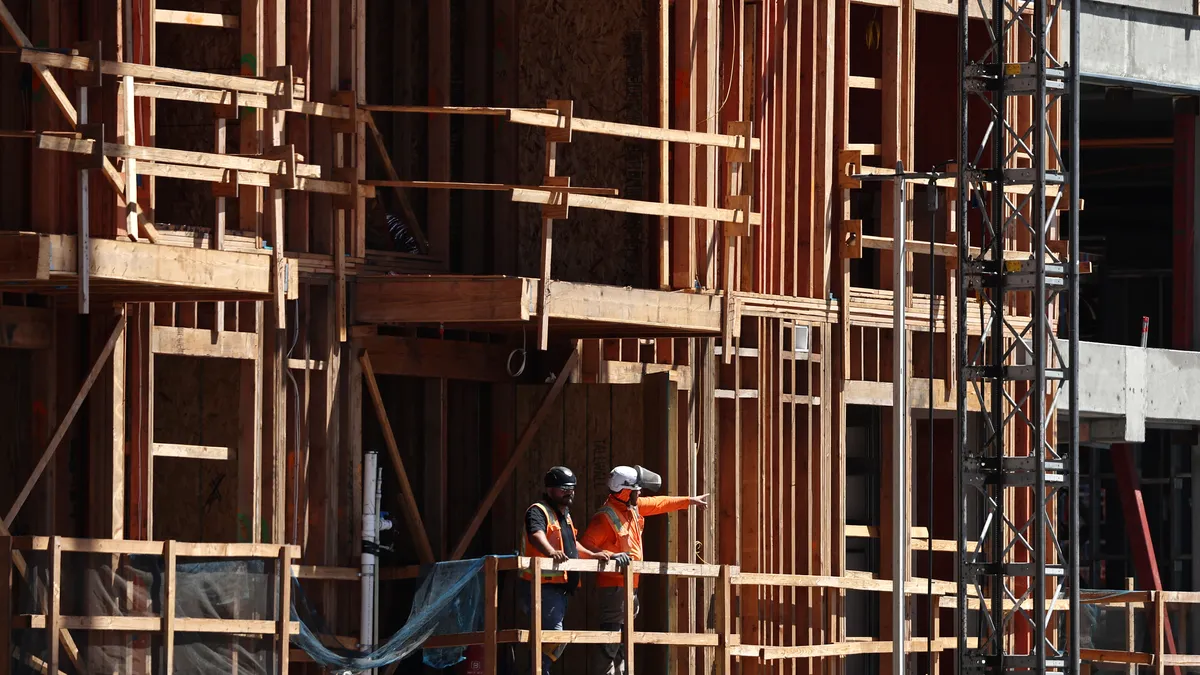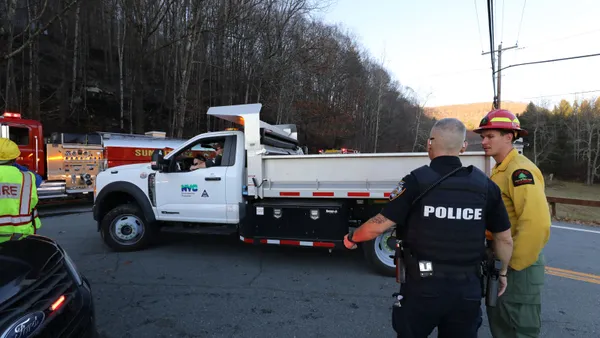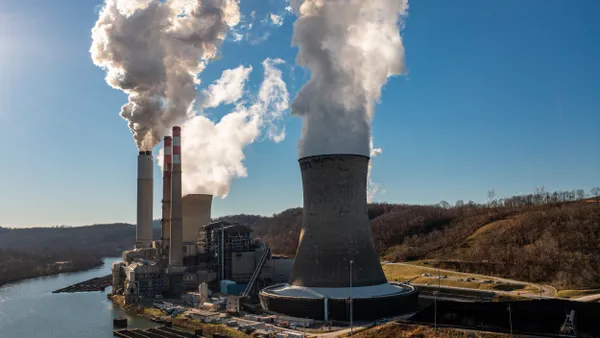Dive Brief:
- Air pollution associated with traffic has dropped by more than a third inside London's Ultra Low Emission Zone (ULEZ), according to a report from the city. The zone, which covers central London, launched in April 2019 and requires that drivers meet emissions standards or pay a fine.
- According to the city's report, no air quality monitoring stations on the boundary of the ULEZ have measured an increase in nitrogen dioxide (NO2) pollution since April. Overall, NO2 pollution has dropped by 36% since February 2017, when Mayor Sadiq Khan issued a "toxicity charge" on older, polluting vehicles.
- Since March, there has been a 38% reduction in non-compliant vehicles detected in the zone, and 77% of vehicles in the ULEZ meet emissions standards. That’s up from 61% in March.
Dive Insight:
The ULEZ is a response to the United Kingdom's high levels of toxic air pollution, which a 2016 study linked to 40,000 premature deaths annually. More than 50% of London's air pollution comes from vehicles, according to the City of London, and Khan has made limiting traffic emissions a priority of his administration. The six-month status report finds that traffic emissions are down 31% compared to a business as usual projection, putting London ahead of schedule to meet its 45% reduction goal for the first year of the program.
The new data "prove without a doubt that ULEZ is exceeding expectations," Khan said in a statement. "The ULEZ shows what we can achieve if we are brave enough to implement such ambitious policies," he added.
Khan plans to expand the ULEZ to cover some inner suburbs in 2021, although the proposal has proven controversial. Additionally, London applies a congestion fee on all vehicles in central London between 7 a.m. and 7 p.m. (the congestion zone is the same as the ULEZ), and Khan recently held the city's first "car-free day" that closed more than 12 miles of roads off to all vehicle traffic. The city has also proposed car-free zones to promote walking and biking, and Khan has tried to limit licenses for ride-hailing vehicles.
The rapid success of the ULEZ could offer a model to other cities as they seek to limit traffic pollution. New York City will be the first American city to impose a congestion charge starting in 2021, in part to address air quality.
Other cities, including Seattle and Los Angeles, are weighing their own congestion plans. San Francisco will ban cars on a downtown section of Market Street. While these plans can be painful for drivers (and carry serious equity concerns), advocates say they are a necessary step to reducing traffic pollution, something that London's example proves.










